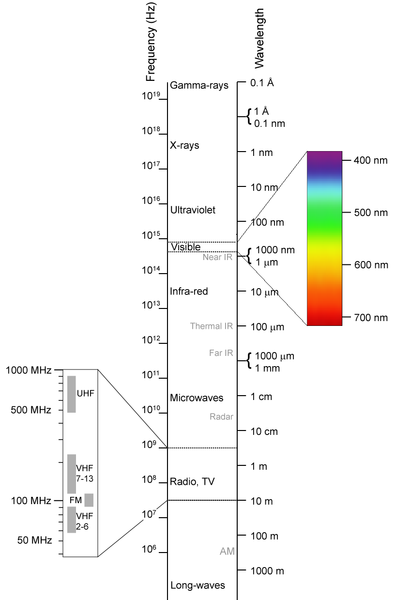During daily office hours, I will be available to students to connect in ‘real time.’ The main platform I will use will be Zoom, but you can also just phone in to join the Zoom meeting without having to use a Zoom app or the web. It’s just like making a phone call.
For security reasons, the Travis USD has added a required password for Zoom meetings. My password can be found in the yellow at the bottom of this page, listed as Enter this number.
Calling in by phone to a Zoom meeting
Dial 408-638-0968
You will be prompted to enter the meeting ID. My ID is 569-283-4396 (don’t include the dashes) followed by #
If the meeting has not already started and “join before host” is not enabled (I’ll usually not have this enabled), press # to wait for me to open the meeting.
You will be prompted to enter your unique participant ID. Press # to skip this step.
Enter this number: 772227






